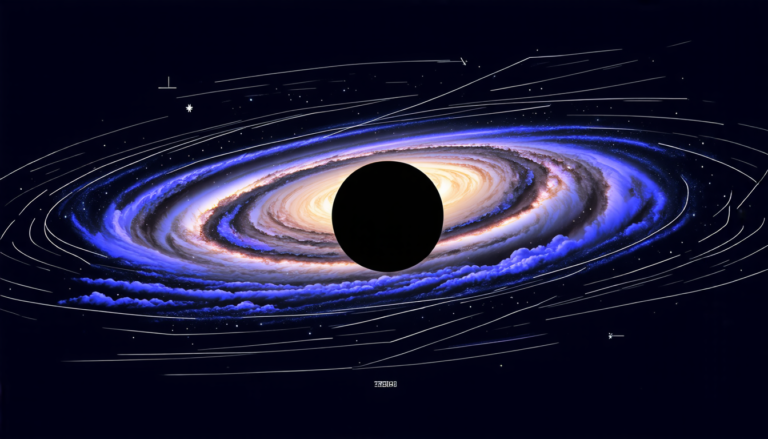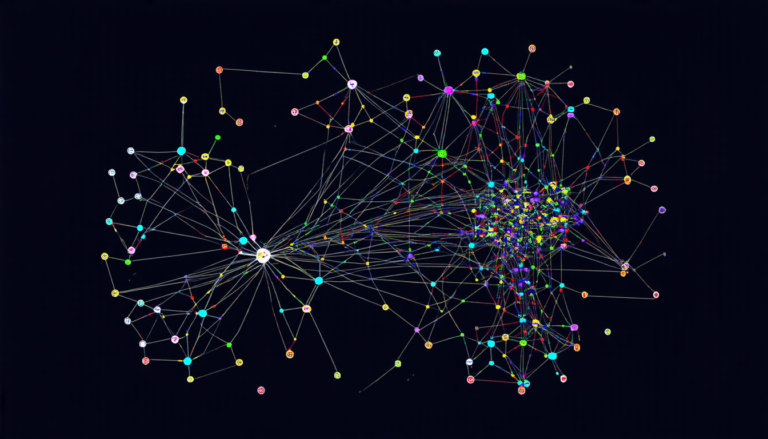Wednesday 06 August 2025
The quest for the perfect plasma equilibrium has long been a challenge in fusion research, and a new approach may have just cracked the code. By using artificial neural networks to parametrize Fourier modes, researchers have developed a novel solver that can compute three-dimensional magnetohydrodynamic equilibria with unprecedented speed and accuracy.
In fusion experiments, plasmas are confined within magnetic fields to create conditions suitable for nuclear reactions. However, achieving and maintaining these conditions is a complex task, as the plasma’s behavior is influenced by numerous factors, including its temperature, density, and magnetic field configuration. The ideal MHD equations, which describe the plasma’s behavior, are notoriously difficult to solve, especially in three dimensions.
Traditional solvers rely on numerical methods, such as finite element or spectral methods, to discretize the problem and solve it iteratively. These approaches can be computationally intensive and may not always converge to a stable solution. The new neural network-based solver, on the other hand, uses a different approach. By parametrizing Fourier modes with artificial neural networks, researchers have created a model that can learn the underlying patterns in the plasma’s behavior.
The neural network is trained on a dataset of known equilibrium configurations, which allows it to learn the relationships between the plasma’s properties and the magnetic field configuration. Once trained, the network can be used to predict the plasma’s behavior for arbitrary input conditions, allowing researchers to quickly simulate different scenarios and optimize the magnetic field configuration for optimal performance.
The results are impressive. The neural network-based solver is able to compute three-dimensional equilibria with a speed and accuracy that rivals traditional methods. Moreover, it is capable of handling complex geometries and plasma configurations that would be difficult or impossible to solve using traditional methods.
The implications of this work are significant. By providing a faster and more accurate way to simulate plasma behavior, the neural network-based solver could revolutionize the field of fusion research. It could enable researchers to explore new experimental designs and optimize magnetic field configurations in ways that were previously not possible.
Moreover, the use of artificial intelligence and machine learning in fusion research is a promising area of development. As data becomes increasingly available from experiments and simulations, these techniques are likely to play an increasingly important role in analyzing and interpreting the results.
In summary, a new approach to computing three-dimensional magnetohydrodynamic equilibria has been developed, using artificial neural networks to parametrize Fourier modes.
Cite this article: “Cracking the Code: Neural Networks Solve Fusion Plasma Equilibrium Problem”, The Science Archive, 2025.
Fusion, Plasma, Equilibrium, Magnetohydrodynamics, Artificial Intelligence, Machine Learning, Neural Networks, Numerical Methods, Computational Physics, Simulation.







